Purpose:
To ensure the safety of personnel and property during hot work activities by identifying and mitigating potential hazards.
Key Elements:
- Potential Hazards Considered:
- Fire risk
- Electricity hazards
- Manual handling
- COSHH (Control of Substances Hazardous to Health)
- Environmental risk
- Persons at Risk:
- Employees
- Subcontractors
- Visitors
- General public
- Mandatory Health, Safety, and Environment (HSE) Requirements:
- Safety induction
- Tool box talks
- Proper PPE (Personal Protective Equipment)
- Work permit
- Proper tools and equipment
- Proper supervision
- Barricades and warning signs
- PPE Requirements:
- Safety helmets
- Safety boots
- Goggles/spectacles
- Gloves
- Masks
- Overalls
- Ear plugs/defenders
- Respiratory/breathing apparatus
- Risk Levels and Control Measures:
- Incompetent Operatives: Ensure only competent operatives perform hot work.
- Fire/Explosion: Monitor hot works, obtain permits, keep combustible materials away, and ensure fire protection systems are in place.
- Electric Shock: Use well-maintained equipment, inspect cables, avoid wet surfaces, and ensure proper grounding.
- Compressed Gas Cylinders: Keep cylinders upright, secure them, avoid rolling, and do not expose to heat.
- Welding Fumes and Gases: Ensure proper ventilation, follow manufacturer’s instructions, and use appropriate PPE.
- Arc Rays: Use proper face shields and flame-resistant clothing, and provide non-flammable screens.
- High-Speed Abrasive Wheel: Use guards, standard abrasive wheels, and ensure proper machine spindle speed. Use face shields and disconnect power when not in use.
Ongoing Process:
Risk assessment is a continuous process and must be communicated to workers before starting the job. It is regularly reviewed to adapt to new activities and potential risks, ensuring a safe working environment.
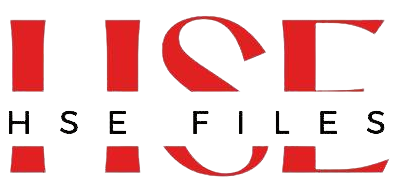
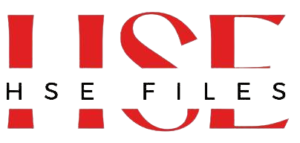


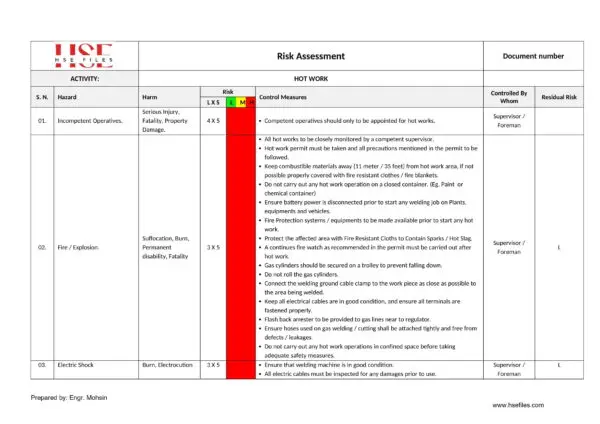
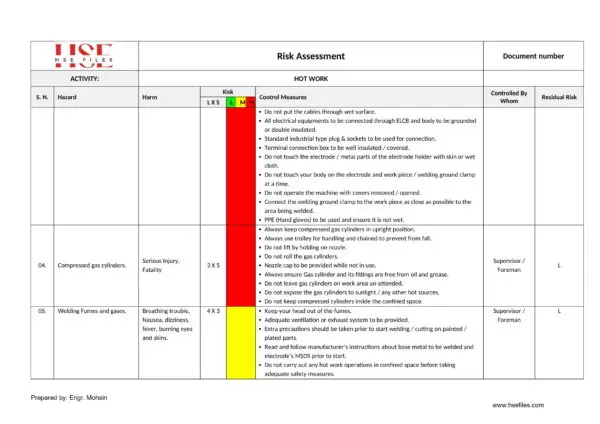
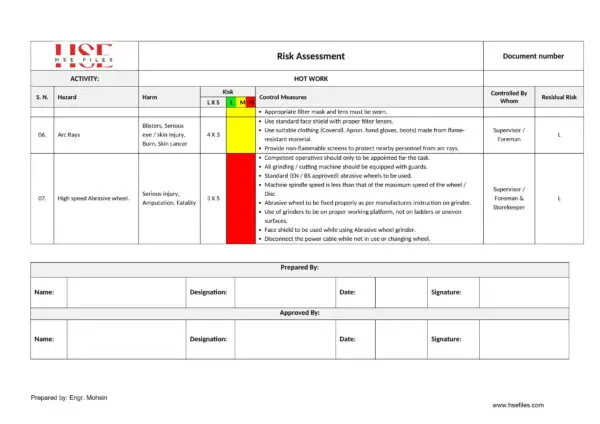

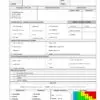
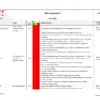
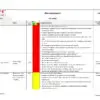
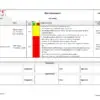
 Hot Work Risk Assessment: The attached document is a powerful tool for identifying and mitigating risks associated with hot work activities in your workplace and site. It’s more than just a form—it’s a proactive step toward safety excellence.
Hot Work Risk Assessment: The attached document is a powerful tool for identifying and mitigating risks associated with hot work activities in your workplace and site. It’s more than just a form—it’s a proactive step toward safety excellence.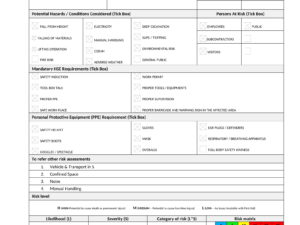
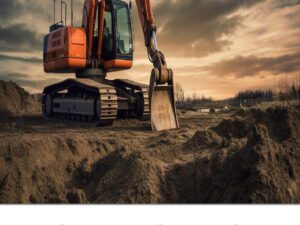
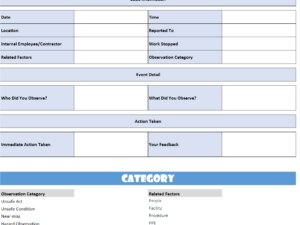
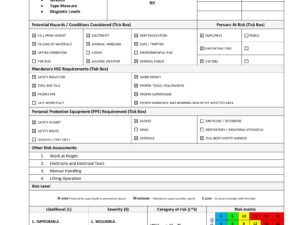
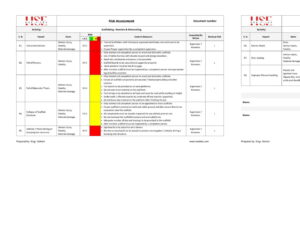
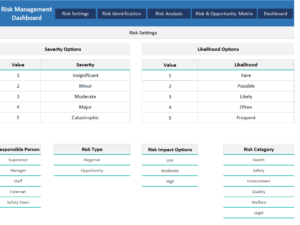
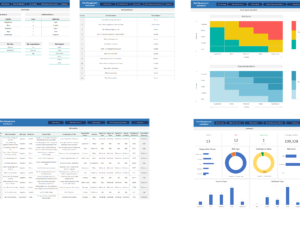
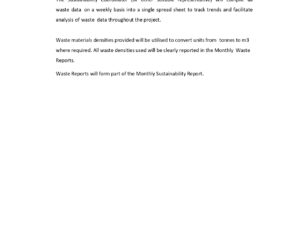

Reviews
There are no reviews yet.